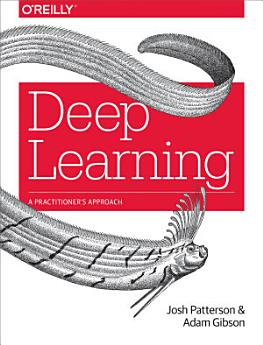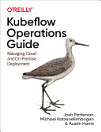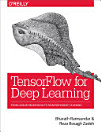Deep Learning: A Practitioner's Approach
អំពីសៀវភៅអេឡិចត្រូនិកនេះ
Authors Adam Gibson and Josh Patterson provide theory on deep learning before introducing their open-source Deeplearning4j (DL4J) library for developing production-class workflows. Through real-world examples, you’ll learn methods and strategies for training deep network architectures and running deep learning workflows on Spark and Hadoop with DL4J.
- Dive into machine learning concepts in general, as well as deep learning in particular
- Understand how deep networks evolved from neural network fundamentals
- Explore the major deep network architectures, including Convolutional and Recurrent
- Learn how to map specific deep networks to the right problem
- Walk through the fundamentals of tuning general neural networks and specific deep network architectures
- Use vectorization techniques for different data types with DataVec, DL4J’s workflow tool
- Learn how to use DL4J natively on Spark and Hadoop
អំពីអ្នកនិពន្ធ
Josh Patterson is CEO of Patterson Consulting, a solution integrator at the intersection of big data and applied machine learning. In this role, he brings his unique perspective blending a decade of big data experience and wide-ranging deep learning experience to Fortune 500 projects. At the Tennessee Valley Authority (TVA), Josh drove the integration of Apache Hadoop for large-scale data storage and processing of smart grid phasor measurement unit (PMU) data. Post-TVA, Josh was a principal solutions architect for a young Hadoop startup named Cloudera (CLDR), as employee 34. After leaving Cloudera, Josh co-founded the Deeplearning4j project and co-wrote Deep Learning: A Practitioner's Approach (O'Reilly Media). Josh was also the VP of Field Engineering for Skymind.
Adam Gibson is a deep-learning specialist based in San Francisco who works with Fortune 500 companies, hedge funds, PR firms and startup accelerators to create their machine-learning projects. Adam has a strong track record helping companies handle and interpret big realtime data. Adam has been a computer nerd since he was 13, and actively contributes to the open-source community through deeplearning4j.org.





